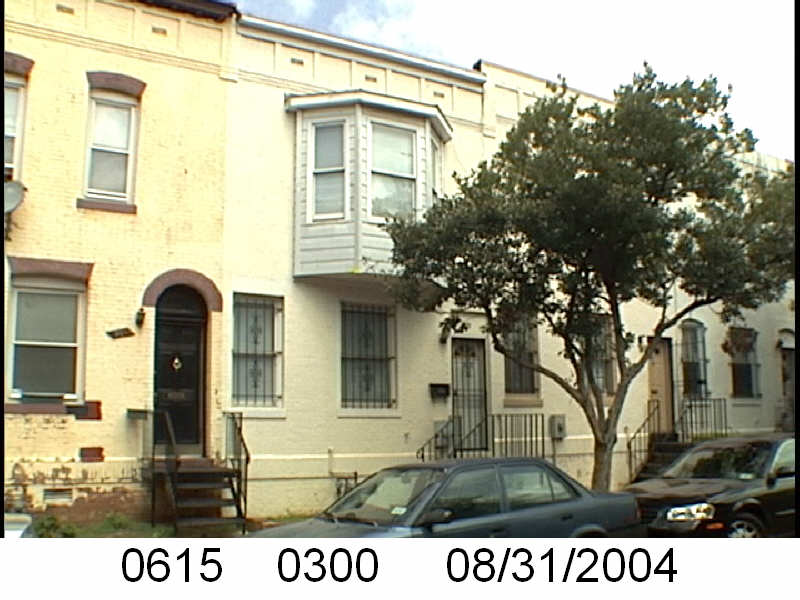The Washington Sanitary Improvement Company (WSIC) was a late 19th century charitable capitalism experiment that ended in the 1950s. This blog started looking at the homes that were supposed to be sold to African American home buyers, after decades of mainly renting to white tenants.
Looking at WSIC properties they tend to have a pattern where the properties were sold to a three business partners, Nathaniel J. Taube, Nathan Levin and James B. Evans as the Colonial Investment Co. for $3 million dollars. Those partners sold to African American buyers. There was usually a foreclosure. In 1956 Nathan Levin died and Colonial Inv. Co. vice president Harry A. Badt took his place in the foreclosure paperwork. Then the property wound up in the hands of George Basiliko and or the DC Redevelopment Land Agency (RLA). Then there were the odd lucky ones who managed to avoid that fate.
Let’s see what happens with 63 Bates St NW:
- December 1950 (recorded Jan 26, 1951) Evans, Levin and Taube sold one-half of 63 Bates NW to Booker T. and Katie M. Hinton.
- December 1950 (recorded Jan 18, 1951) the Hintons borrowed $2,525 from Colonial Investment Co. favorite trustees Abraham H. Levin and Robert G. Weightman.
- December 1950 (recorded Jan 26, 1951) Evans, Levin, and Taube sold the other half of 63 Bates St NW to the divorced Anne Lee.
- Dec 1950 Anne Lee borrowed $2,525 from trustees Abraham H. Levin and Robert G. Weightman.
- November 1952 Katie Hinton borrowed $601.34 from trustees Mary Herbert and Jacob Sandler in order to pay Consolidated Eng. & Dist. Co.
- Dec 1955, Anne (nee Washington) Lee had died and her heir in law Rosa Haight transferred the home to Dorothy Wooten who then transferred it back to Rosa Haight and Wilbert Woods.
- August 1956 Anne Lee, and thus Rosa Haight and Wilbert Woods loses their half to foreclosure. Via an auction the property was repossessed by Badt, Evans and Taube.
- August 1956 Harry and Jennie Badt transferred their interest in the property to Nathan Levin’s survivors.
- November 1961 in a large property package (doc# 1962000416), new partner Badt, Evans, Taube, Nathan Levin’s survivors and their spouses sold half of the house to Sophia and George Basiliko.
- March 1962 the Hintons were released from their mortgage, owning their home free and clear.
- November 1971 Booker T. and Katie Mae Hinton along with George and Sophia Basiliko sold 63 Bates to the DC Redevelopment Land Agency (RLA).
- Nov 1971 Katie M. Hinton was released from her 1952 loan.
- July 1978 there is a contract (doc 7800024140) between the DC RLA and the Bates Street Associates, Inc. (BSA) There is no corresponding deed located, but the property was transferred to BSA.
There was only one foreclosure. It fit the pattern when half was sold to Basiliko and then both sets of owners sold the property to the DC RLA.











